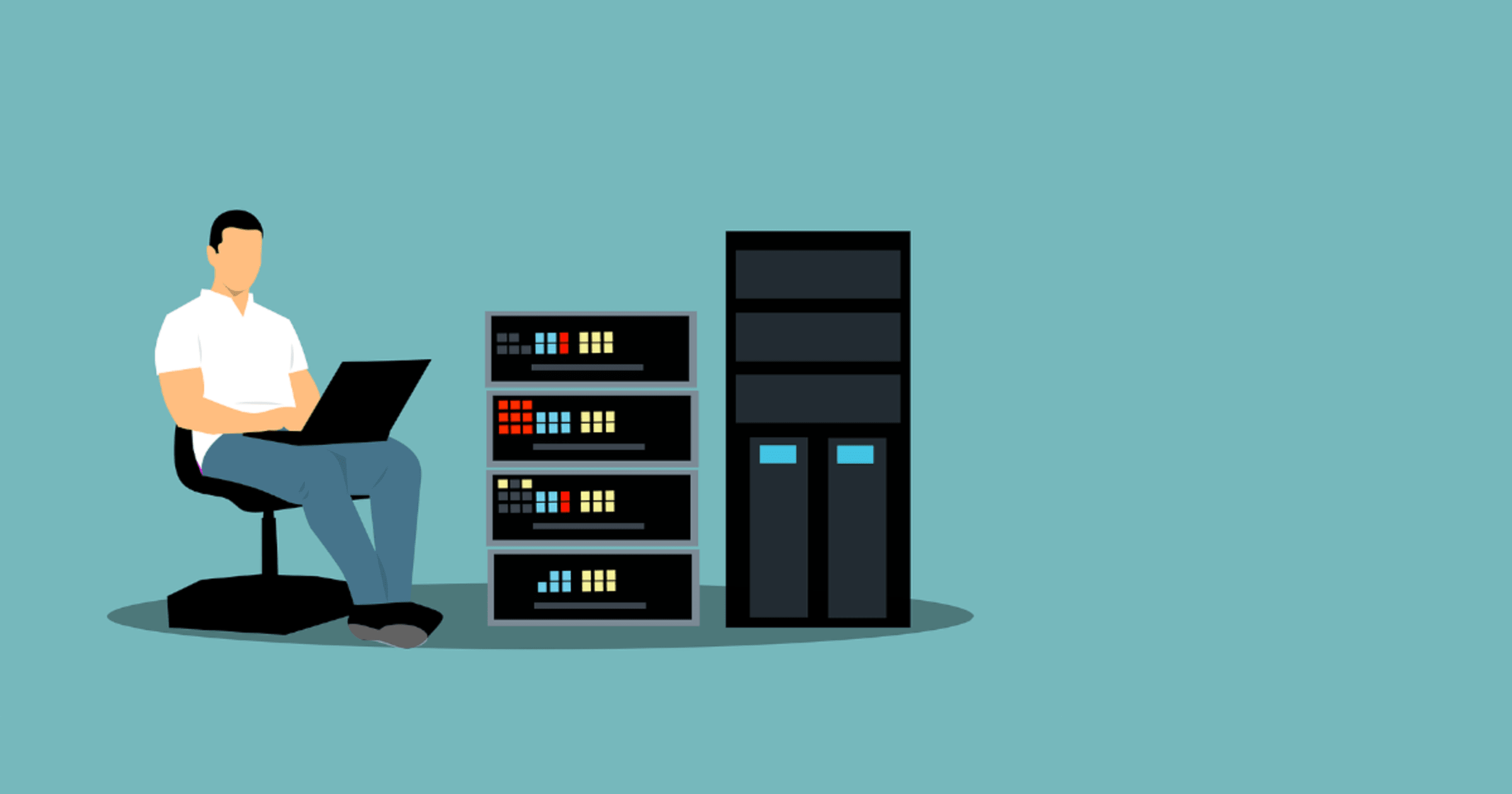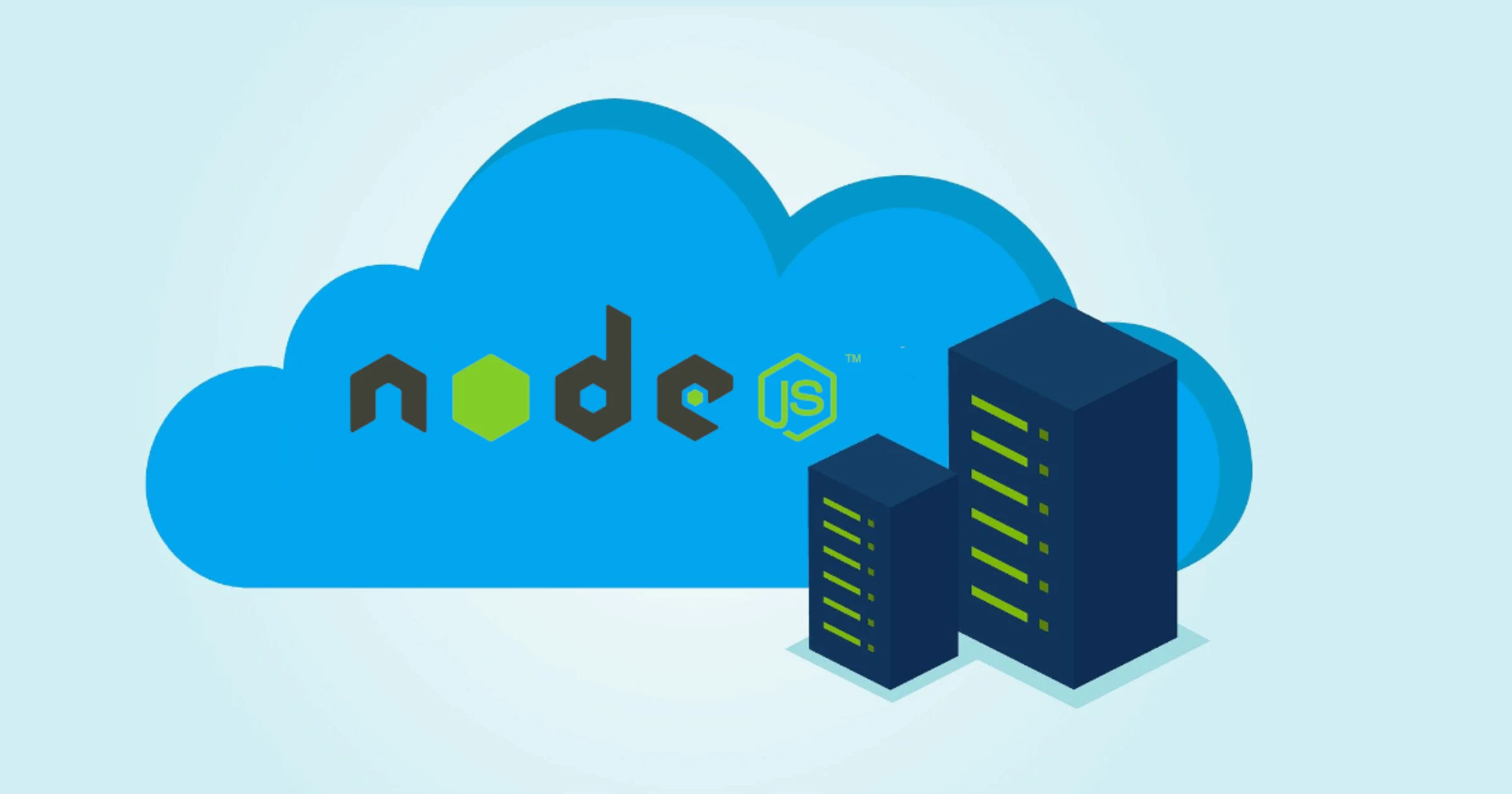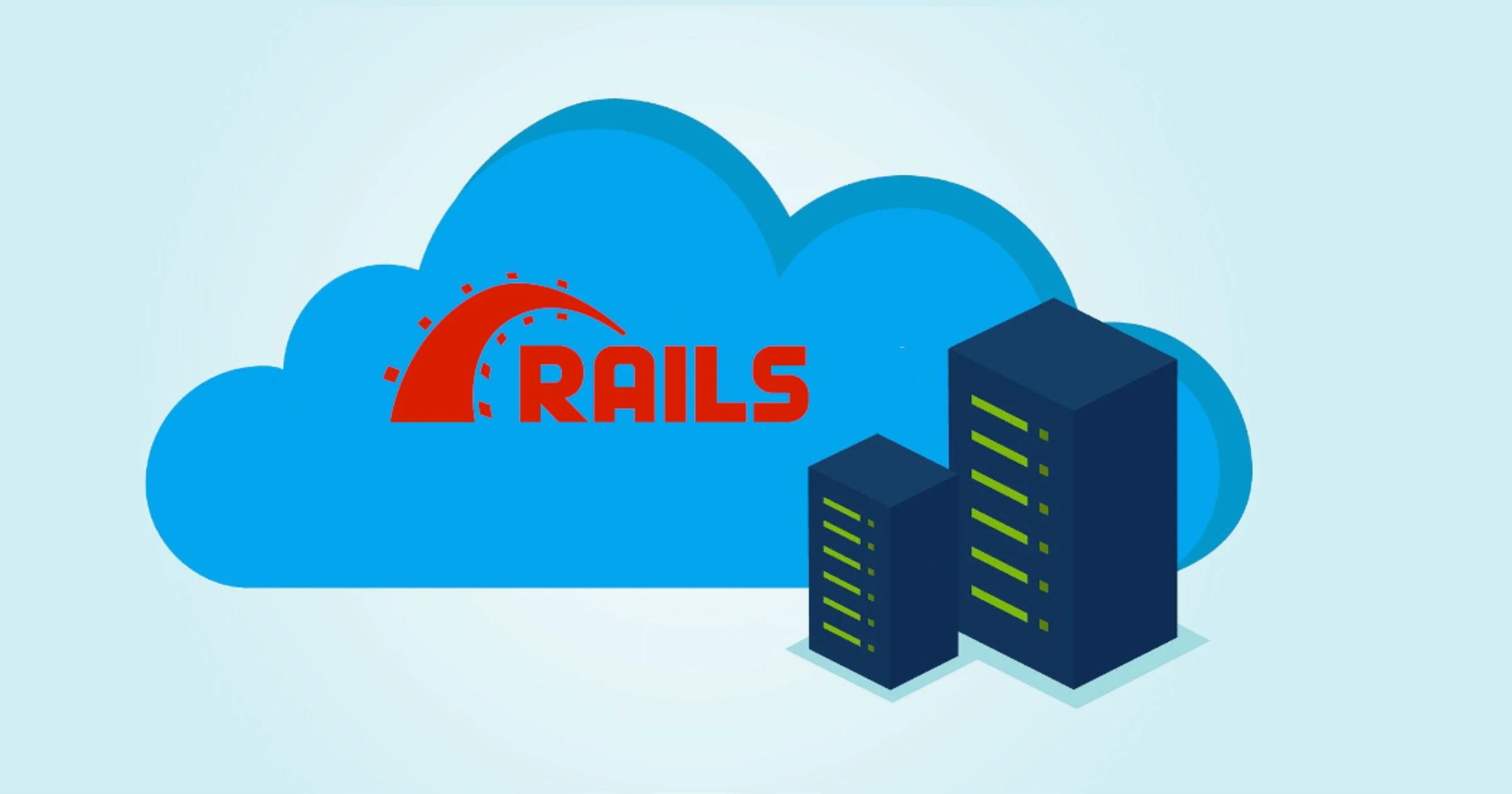Server Subscription Service Comparison
Servers" are the oldest subscriber services that have been around since the early days of the Internet. We will compare how to choose a standard subscriber, a rental server or VPS, and how it differs from the pay-as-you-go "cloud" services that have become popular in the past few years.
The uses of servers are developing in multiple ways, including websites, email, games, etc.
Server service is a sub-service that has been around since the very beginning of the Internet in terms of "flat rate payments".
In the early days of server services, the
- display a web site
- receive email
The basic functions of the Internet were to exchange information.
However, in addition to these basic servers, servers have been subdivided into more sophisticated and specialized applications, such as cloud storage for storing images and video data, SaaS for providing only application functions, and PaaS for providing only platform functions.
Cloud servers, which are an aggregation of these various server functions, have also emerged, and there are many things that can be done and options for server services alone.
Due to the fragmentation, it is surprisingly difficult to "choose the right server."
Unlike subscriptions for general use, such as unlimited videos and unlimited magazine reading, servers are more segmented in terms of functions and performance, making them surprisingly difficult subscriptions to choose from, even within the same subscriber group.
The fact that some level of specialized knowledge is required also makes choosing a server difficult.
Before choosing a server, let's know "the difference between each type of server and service".
Although there are an increasing number of server types and services, they are actually all the same in the sense that they are all "servers rented for a fee.
The main differences between server services are
- the extent to which it is available
- server specifications
- server features
- billing type (monthly / pay-as-you-go)
The four categories can be summarized as follows.
Difference in availability
The most significant difference between servers is the "available range.
The largest range of usage is the "Occupied Server," which allows you to use the physical server for the number of servers you have contracted for. Since you rent the entire server, you can do everything that the server can do.
The next largest type is the "VPS (Virtual Private Server)," which can be occupied virtually, and multiple users are accommodated on a single physical server, but they can be operated in the same way as on an occupied server as long as they are on a virtual PC.
The next type of server is a "VPS (Virtual Private Server)," which accommodates multiple users on a single physical server. For example, a rental server (Shared Rental Server) is a service that has a web server, PHP server, and mail server cut out of the server functions, and cloud storage is a service that has only storage functions cut out of it.
PaaS and SaaS, which have been increasing in the past few years, are also types of subscriptions in which only some of the server functions are rented out.
Differences in Server Specifications
The next major difference is the server specifications. The higher the server spec, the more expensive the fee. Because the service provider also needs to incur costs, server rentals still have the concept of an "initial cost," which is rare for subs.
Server specs are often carved out for each plan of service, with the higher plan allowing you to rent a higher-spec server, which in turn means higher rental fees.
Differences in Server Features
In the past, fees were based on "scope of use x specs," but with the advent of cloud storage, PaaS, and Saas, more and more services are adding value by not only renting out servers but also adding functions tailored to the user's needs.
Cloud storage," a staple in Internet-based subscriptions, is a perfect example. What it does is almost the same as a rental server that has been around for more than 20 years, but by adding value such as automatic synchronization, pay-as-you-go, and versioning functions, it achieves a higher fee setting.
Difference in billing type
In the past, servers were subscripted with a simple "initial cost + monthly fee" fee structure, but now some services, such as cloud computing, employ pay-as-you-go billing.
In addition, some services have come out with a "freemium model," which is "free at first, but you are charged once you use a certain amount," making it possible to use a server for free.
Servers services
Technology and IT
 $ 5.00〜Go to Site
$ 5.00〜Go to SiteDigital Ocean
by DigitalOcean, LLC
Comprehensive server service similar to cloud computing, starting at $5/month
Technology and IT
 $ 0〜Go to Site
$ 0〜Go to SiteHEROKU
by Salesforce
PaaS pioneer for hobby to large scale
Technology and IT
 $ 2.50〜Go to Site
$ 2.50〜Go to SiteVultr
by Constant Company, LLC
Very cheap VPS available for rent from $2.5/month
Posts in 'Servers'
Some VPS services distribute free slots or free credits to first-time users. We have compiled a list of such free VPS servers.
Summary of servers where Node.js can be used
Node.js is widely used for everything from servers to application development and static site generators, and we have compiled a list of servers that can use Node.js and how to choose one.
Comparison of servers where Ruby on Rails can be used
"Ruby on Rails" is a popular framework made by Ruby. We will also compare the best servers for running Rails.
We will compare the important points when using a VPS to run a WordPress site and the best VPS servers for WordPress.




